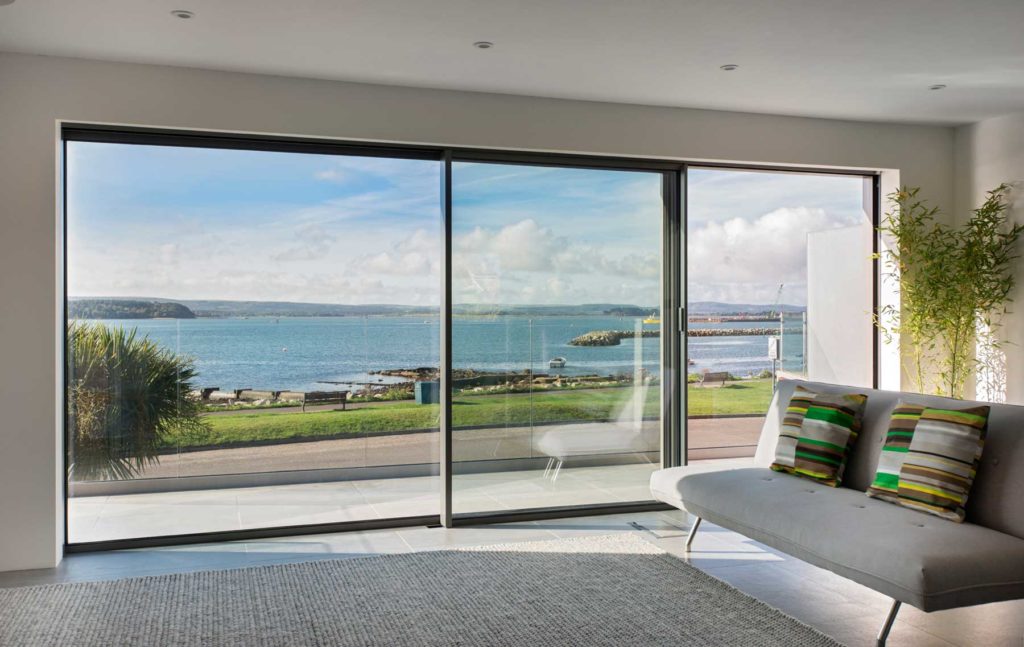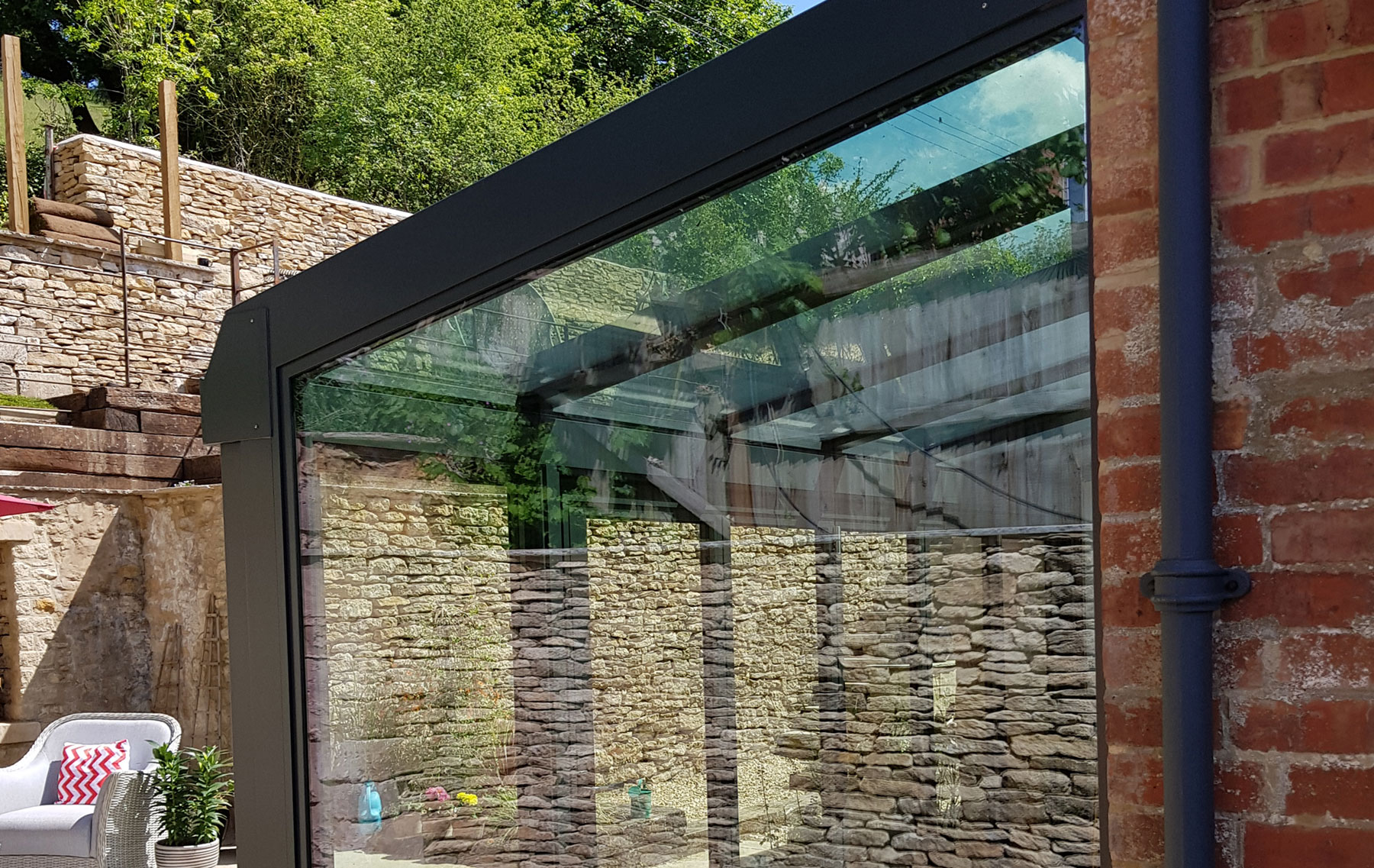GGF Acceptable Glass Quality Standards
The Glass and Glazing Federation’s Acceptable Glass Quality Standards defines the level of acceptance for visible distortions in clear, tinted and coated glass, in sealed double glazing units and in single glazed panels.
It’s important to know that a totally flawless piece of glass is extremely rare by the nature of its organic components and manufacturing process.
Laminated glass and solar-control glass
Multi-layered glass, for example when two or more panels are laminated together, will increase the likely observance of visible distortions as the cumulative effect of each of the panels needs to be taken into consideration. Toughened, laminated or coated glass should be viewed from 3.0 metres. Coating on glass, in particular solar control coatings, increase the reflective property of the glass and this can make the visual distortions more noticeable even though there is no more distortion present.
Glass with acceptable minor imperfections
All glass supplied should be as free as possible from defects caused in manufacture, handling, storage and transit. However, the customer shall accept glass with minor imperfections provided they fall within the scope of the following definitions and acceptance criteria. Glass which falls within these quality standards is not considered to be faulty goods.
Terms used to describe glass quality
Edge Zone: A zone parallel to the edge of the glass, which extends round the perimeter of the glass, and is normally within the glazing frame or area.
Viewing Area: The area of the glass lying between the critical area and the Edge zone.
Scratch: A long narrow surface flaw produced by a hard object, e.g. grit, which produces a perceptible depression.
Sleek: A fine scratch with no perceptible depression.
Bubble: Small holes partially or wholly enclosed by glass which normally contain air. These may be spherical or non-spherical depending on the mode of formation.
Inclusion: Insoluble matter retained within or on the surface of the glass during manufacture.
Scar: A scratch which is obtrusively visible being normally white in colour.

When is a Glass defect acceptable?
Minor defects/imperfections are to be accepted if they fall into the categories below:
- Defects within Viewing Area
Scratches and streaks which are not visible when examined as specified in Method of visual Inspection are to be accepted.
Bubbles and inclusions not greater than 2.5mm are acceptable provided such defects are at least 200mm apart.
Seeds, blisters, hairlines or blobs are acceptable if they are no greater than 2.5mm.
White scars are not acceptable.
- Defects in Edge Zone
Scratches, streaks, bubbles, inclusions and scars are acceptable.
- Condensation Patterning
Contaminates are often present on the surface of glass and are normally invisible to the naked eye. If condensation forms on the glass surface, then the contaminate becomes more apparent by influencing the rate of formation and appearance of the moisture. The variation in appearance maybe random or present itself in distinctive patterns. Fingerprints are the most common contaminate which creates a hydrophobic layer that can produce these effects.
Window cleaning chemicals or degreasing agents are normally enough to remove most contaminates.
The pattern formed by condensation on glass surfaces do not, therefore indicate any fault, nor do they have any effect on the performance of the glass and are considered acceptable.
- Optical Phenomena
Roller wave distortion occurs as glass passes over the rollers in horizontal, oscillating heat treatment furnace. As the glass heats up, it may sag between the rollers at the reversal of each oscillation, which then becomes set in place during the cooling process. This may produce roller wave distortion in the finished product.
Roller wave distortion can create a reflection in heat treated glass that can stretch and compress based on the observer’s movement in relation to the glass surface.
Brewster’s Fringes occur when wavelengths of light meet when they are exactly 180 degrees out of phase and is a result of modern glass manufacturing methods.
Edge Bow occurs as a result of the heat treatment process and can be reduced through the correct control of the heating and cooling processes.
Distortions are an inherent characteristic of glass and there are currently no Industry Standards relating to the acceptability of levels of distortions with the exception of bow, which is determined in EN12150.
- Nickel Sulphide Inclusion
Nickel Sulphide Inclusion (NIS) is a naturally occurring phenomenon in toughened glass. Glass can be heat soaked which reduces the risk of NIS but this cannot guarantee to eliminate it completely.
UNDER NO CIRCUMSTANCES IS GLASS BREAKAGE DUE TO NIS COVERED BY GUARANTEE.
- Switchable Blink Glass
In addition to the general guidelines above, the following matters should be borne in mind when ordering switchable blink glass.
Very small bubbles and/or visual distortion may be present on clear/non switchable areas around notches/holes/cut outs, therefore a provision must be made for coverage of 10mm around all notches/holes/cut outs. Bubbles and distortion of this nature are acceptable.
An element of haze is present in all smart type LCD switchable privacy glass products, even in its transparent state. The level of haze must be checked before ordering as haze will not be accepted as a defect.
(Version 1: Nov 2017)
How do you know your sliding doors have the right quality glass?
Homes on hillsides and homes in coastal locations are challenging environments for large glazing panels. Whatever your home’s location, you’ll want to be reassured that the glass used has the specification needed to withstand wind speeds, water and extreme weather. We have developed high performance sliding door ranges, bifolds and windows comprising minimal framed glazing with superb technical qualities. Read more how to check for quality in sliding or bifold doors in this ODC article and raise the issue of glass quality standards when you visit one of our showrooms to discuss your project.

